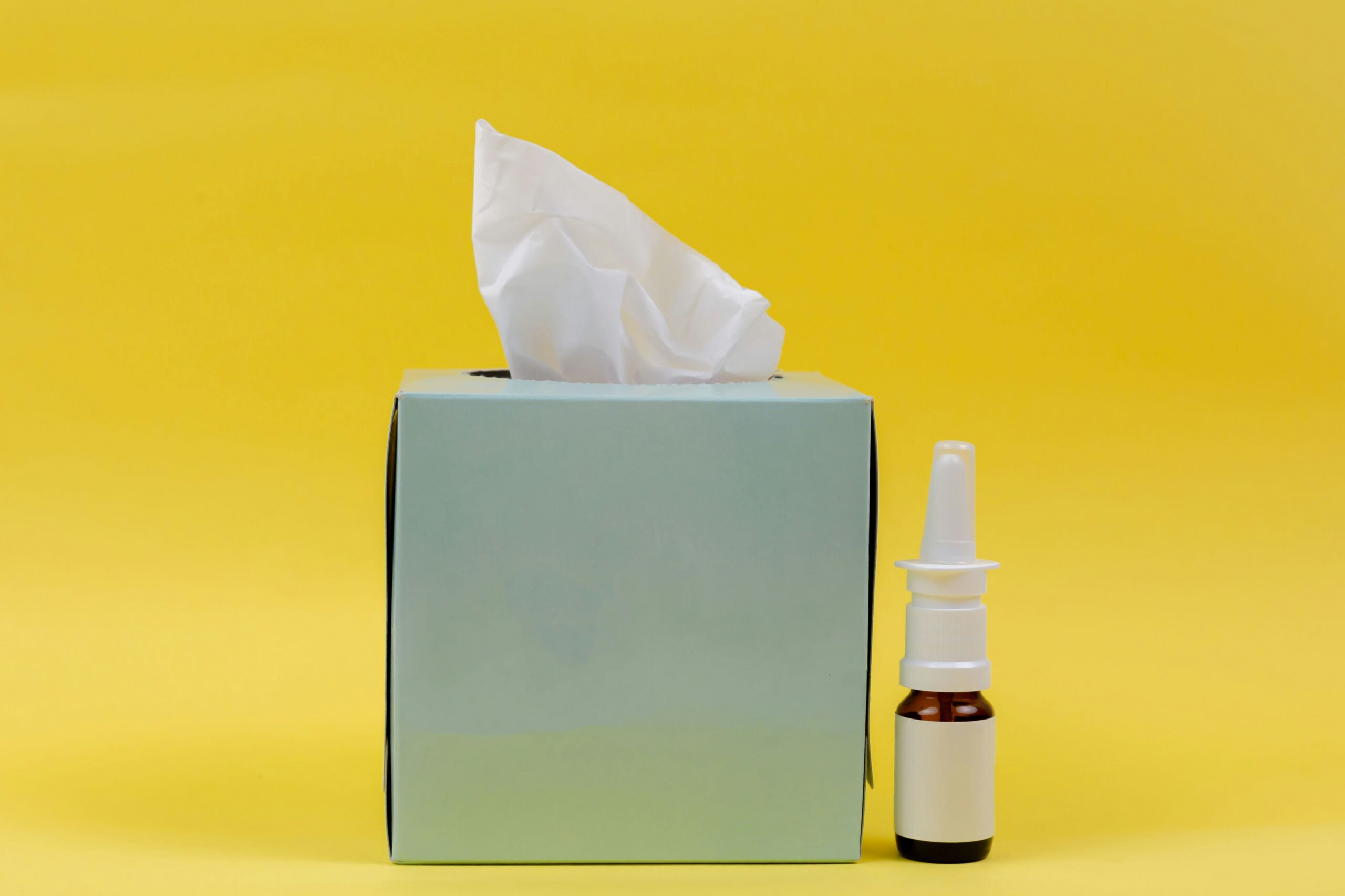
What Are Allergic Eruptions?
Allergic eruptions are skin reactions that occur when the immune system responds to an allergen. These reactions can manifest in various forms, ranging from mild rashes to severe dermatitis. Common allergens include certain foods, medications, and environmental factors such as pollen or pet dander.
Common Symptoms of Allergic Eruptions
Symptoms of allergic eruptions vary, but typically include redness, itching, swelling, and sometimes blisters. In severe cases, individuals may experience anaphylaxis, which requires immediate medical attention. It is important to identify the specific allergen to prevent future outbreaks and manage symptoms effectively.
Management and Treatment Options
Managing allergic eruptions often involves avoiding known allergens. Over-the-counter antihistamines can help alleviate itching and discomfort. In more severe cases, a doctor may prescribe corticosteroids to reduce inflammation. Additionally, maintaining a healthy skin care routine and using hypoallergenic products can minimize the risk of allergic reactions.
Allergic eruptions, also known as allergic reactions or hypersensitivity reactions, occur when the body’s immune system overreacts to a harmless substance, such as pollen, dust, or certain foods. This overreaction can cause a range of symptoms, from mild discomfort to life-threatening reactions.
Types of Allergic Eruptions
- Acute Urticaria: A sudden onset of hives, itching, and swelling, often triggered by an allergic reaction to food, medication, or insect bites.
- Chronic Urticaria: A persistent and recurring condition characterized by hives, itching, and swelling, often without an identifiable trigger.
- Atopic Dermatitis (Eczema): A chronic condition characterized by dry, itchy, and inflamed skin, often triggered by allergies, irritants, or stress.
- Contact Dermatitis: A skin reaction that occurs after contact with an allergen or irritant, such as poison ivy, latex, or certain metals.
- Angioedema: A sudden and severe swelling of the skin and mucous membranes, often triggered by an allergic reaction to food, medication, or insect bites.
Symptoms of Allergic Eruptions
- Hives (Urticaria): Red, itchy, and swollen patches on the skin.
- Itching (Pruritus): Intense itching sensations, often accompanied by scratching and skin damage.
- Swelling (Angioedema): Sudden and severe swelling of the skin and mucous membranes.
- Redness (Erythema): Redness and inflammation of the skin.
- Blisters or Bumps: Small, fluid-filled blisters or bumps on the skin.
Causes of Allergic Eruptions
- Genetics: Family history of allergies or allergic reactions.
- Environmental Factors: Exposure to allergens, irritants, or stress.
- Food Allergies: Allergic reactions to certain foods, such as peanuts, tree nuts, fish, shellfish, milk, eggs, wheat, or soy.
- Insect Bites or Stings: Allergic reactions to insect bites or stings, such as bee stings or mosquito bites.
- Medications: Allergic reactions to certain medications, such as antibiotics or anesthetics.
Diagnosis of Allergic Eruptions
- Medical History: A thorough medical history to identify potential allergens or triggers.
- Physical Examination: A physical examination to assess the severity and extent of the allergic reaction.
- Skin Testing: Skin testing, such as patch testing or prick testing, to identify specific allergens.
- Blood Tests: Blood tests, such as IgE antibody tests, to measure the levels of allergy-related antibodies in the blood.
Treatment of Allergic Eruptions
- Avoidance of Triggers: Avoiding exposure to known allergens or triggers.
- Antihistamines: Antihistamines, such as diphenhydramine or loratadine, to relieve itching, redness, and swelling.
- Corticosteroids: Corticosteroids, such as prednisone or hydrocortisone, to reduce inflammation and swelling.
- Topical Creams or Ointments: Topical creams or ointments, such as hydrocortisone or calamine, to relieve itching and inflammation.
- Epinephrine: Epinephrine, such as an EpiPen, to treat severe allergic reactions, such as anaphylaxis.
